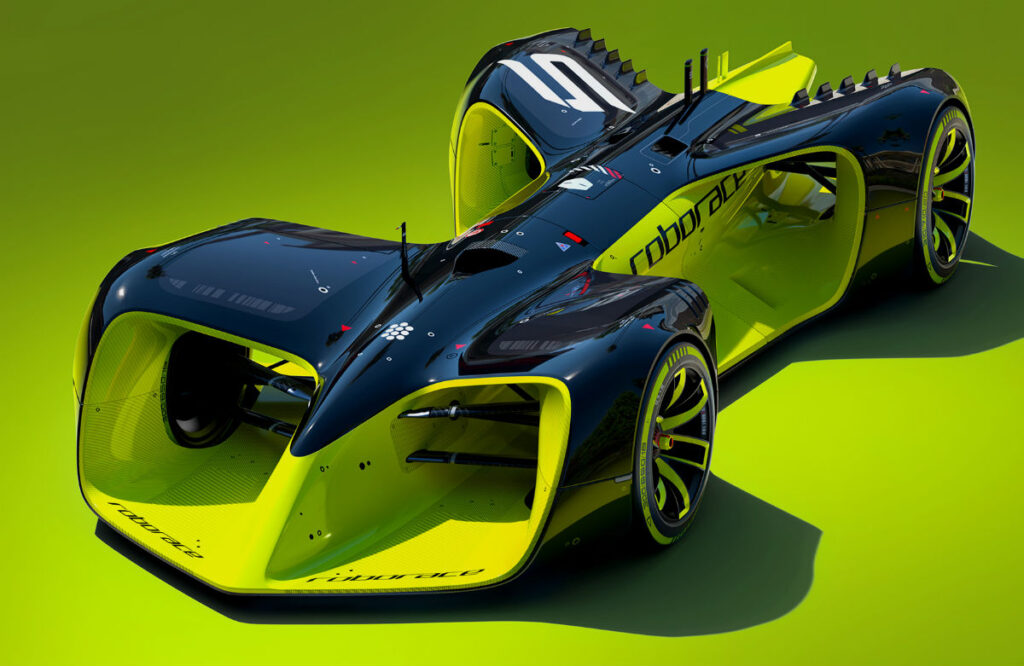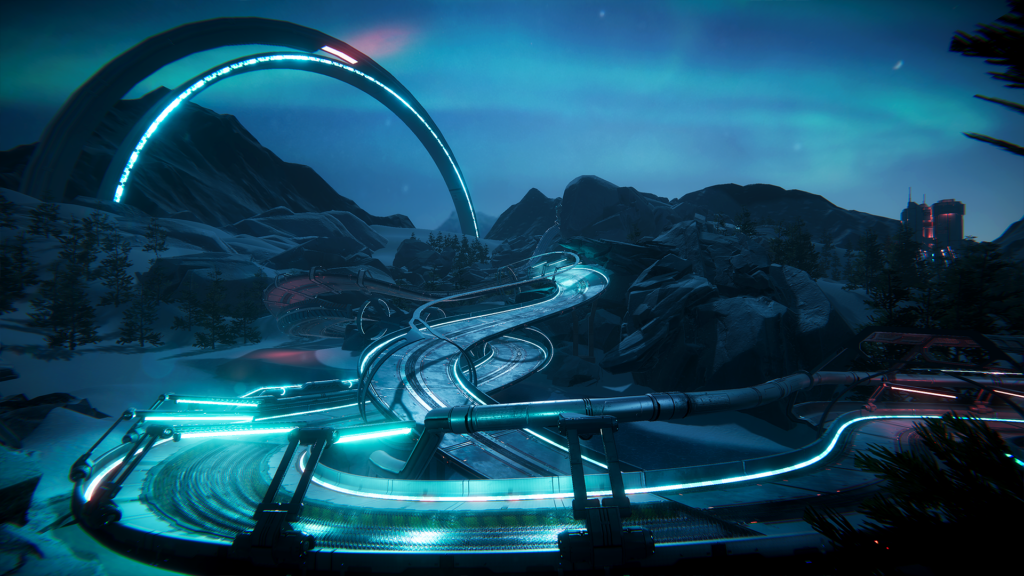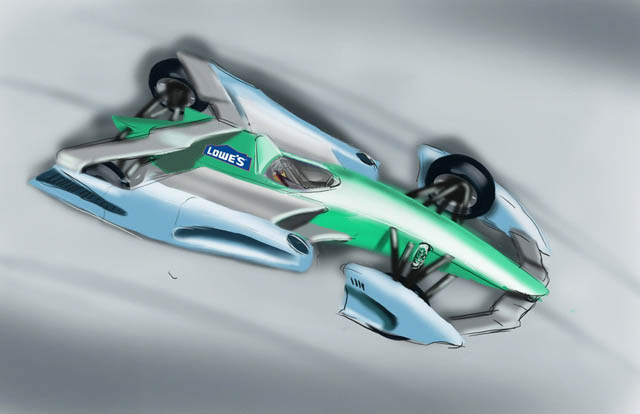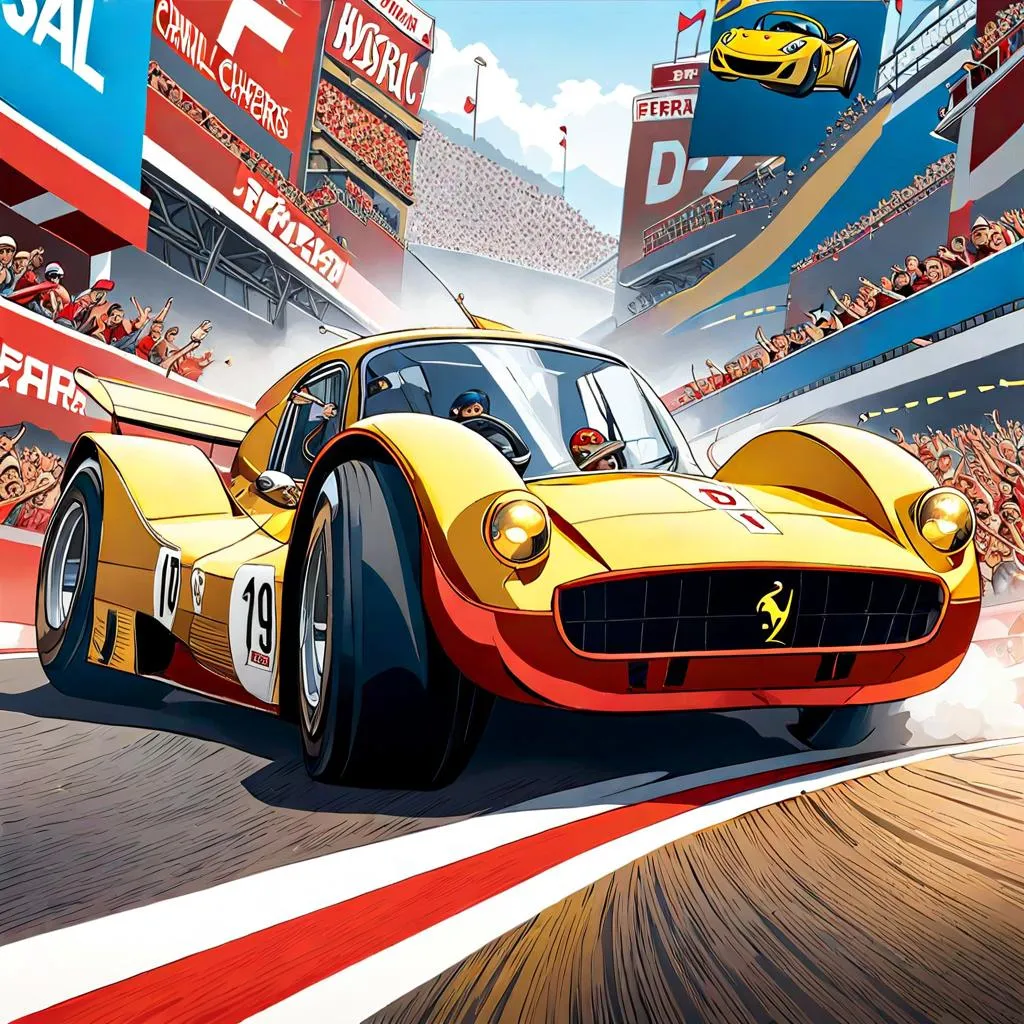Racing games have always been about pushing the boundaries of speed, skill, and strategy. In recent years, the integration of artificial intelligence (AI) technology has revolutionized the genre, offering players new challenges, immersive experiences, and unparalleled realism. From intelligent opponents to dynamic track generation, AI is reshaping the landscape of racing games in exciting ways. This article explores the groundbreaking role of AI in racing games and the ways in which it is transforming the player experience.

Adaptive AI Opponents
One of the most significant advancements in racing games is the implementation of adaptive AI opponents. Traditional racing AI would follow pre-programmed paths and behaviors, often leading to predictable and repetitive gameplay. However, with the advent of adaptive AI, opponents can now learn and adapt to the player’s driving style in real-time. This means that each race becomes a dynamic challenge, with opponents adjusting their tactics to match the player’s skill level and performance. Whether it’s aggressive overtaking maneuvers or defensive driving strategies, adaptive AI opponents provide a more immersive and challenging racing experience.
Read about: “How Artificial Intelligence, Data And Analytics Are Transforming Formula One In 2023“.
Realistic Driving Behavior
AI technology is also being used to simulate realistic driving behavior in racing games. Gone are the days of robotic AI opponents that stick rigidly to the racing line. Instead, AI drivers now exhibit human-like characteristics, such as making mistakes, reacting to changing track conditions, and even exhibiting emotions like frustration or aggression. This creates a more dynamic and lifelike racing environment, where every race feels like a genuine competition against skilled opponents.
Dynamic Track Generation
Another area where AI is making waves in racing games is dynamic track generation. Traditionally, racing games featured static tracks with fixed layouts, limiting replayability and variety. However, with AI-powered procedural generation, tracks can now be generated on the fly based on a set of parameters such as terrain, weather, and difficulty level. This allows for virtually limitless track possibilities, ensuring that no two races are ever the same. Dynamic track generation adds a new level of excitement and unpredictability to racing games, keeping players engaged and challenged with fresh experiences each time they hit the track.

Enhanced Realism and Immersion
AI technology is also being used to enhance the realism and immersion of racing games in other ways. For example, AI-driven weather systems can simulate realistic weather conditions such as rain, fog, and snow, affecting track grip and vehicle performance. AI-powered physics engines ensure that vehicle handling and dynamics are as true-to-life as possible, allowing players to feel every bump, slide, and drift as they tear around the track. Additionally, AI-driven crowd and environmental animations add to the atmosphere, creating a more immersive and engaging racing experience.

Conclusion
The integration of AI technology has ushered in a new era of innovation and excitement in racing games. From adaptive AI opponents to dynamic track generation, AI is revolutionizing the genre in ways that were once thought impossible. With its ability to simulate realistic driving behavior, enhance immersion, and provide dynamic challenges, AI is shaping the future of racing games and paving the way for even more exciting and immersive gameplay experiences. As technology continues to advance, the possibilities for AI in racing games are virtually limitless, promising an exciting future for racing game enthusiasts around the world.


